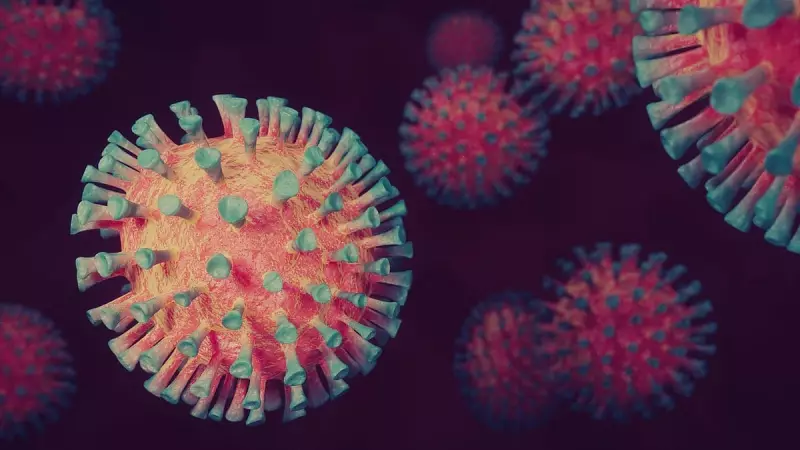
In a remarkable scientific breakthrough that could revolutionize our understanding of viral infections, researchers have uncovered the precise trigger that causes cells to self-destruct when invaded by viruses. This cellular suicide mechanism represents one of nature's most sophisticated defense systems against pathogens.
The Cellular Self-Destruct Sequence
When viruses attempt to hijack our cells, the body has developed an elegant countermeasure: programmed cell death. Scientists have now identified the specific molecular switch that activates this protective response, preventing viruses from replicating and spreading throughout the body.
The research reveals that cells contain sophisticated detection systems that recognize viral invaders almost immediately. Once identified, these systems activate a cascade of biochemical signals that ultimately lead the infected cell to sacrifice itself for the greater good of the organism.
How the Defense Mechanism Works
The process unfolds in three critical stages:
- Detection Phase: Specialized cellular proteins identify viral genetic material or proteins
- Activation Phase: Molecular alarms trigger the self-destruct sequence
- Execution Phase: The cell systematically dismantles itself, taking the virus with it
Implications for Future Medicine
This discovery opens exciting new avenues for medical treatment and drug development. Understanding this natural defense mechanism could lead to:
- Enhanced antiviral therapies that boost the body's natural defenses
- New approaches to treating viral diseases by manipulating cellular responses
- Potential applications in cancer treatment by triggering similar self-destruct mechanisms in malignant cells
The research represents a significant step forward in our understanding of innate immunity and provides hope for developing more effective treatments against a wide range of viral threats, from common influenza to more dangerous pathogens.





